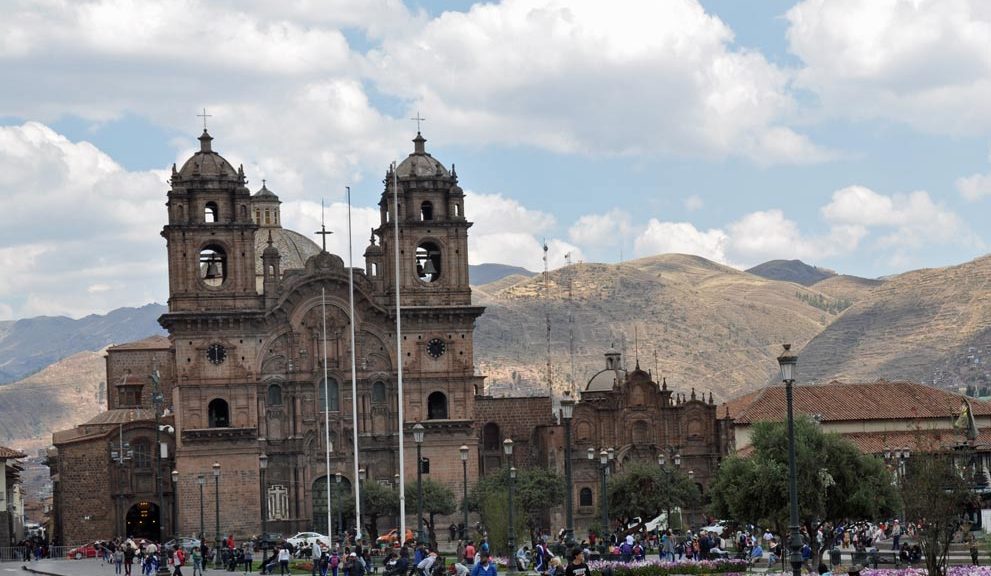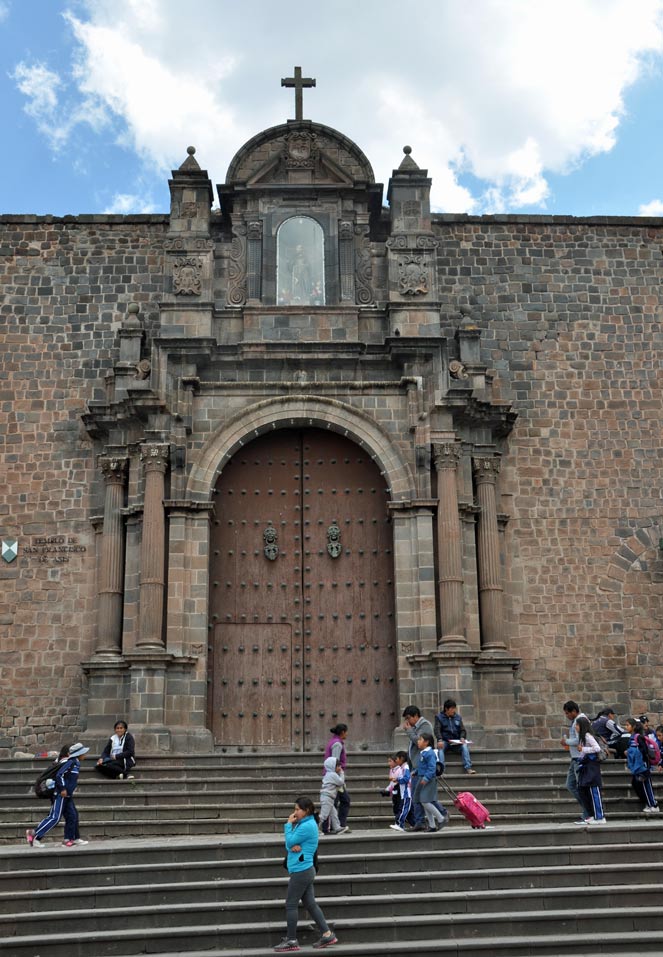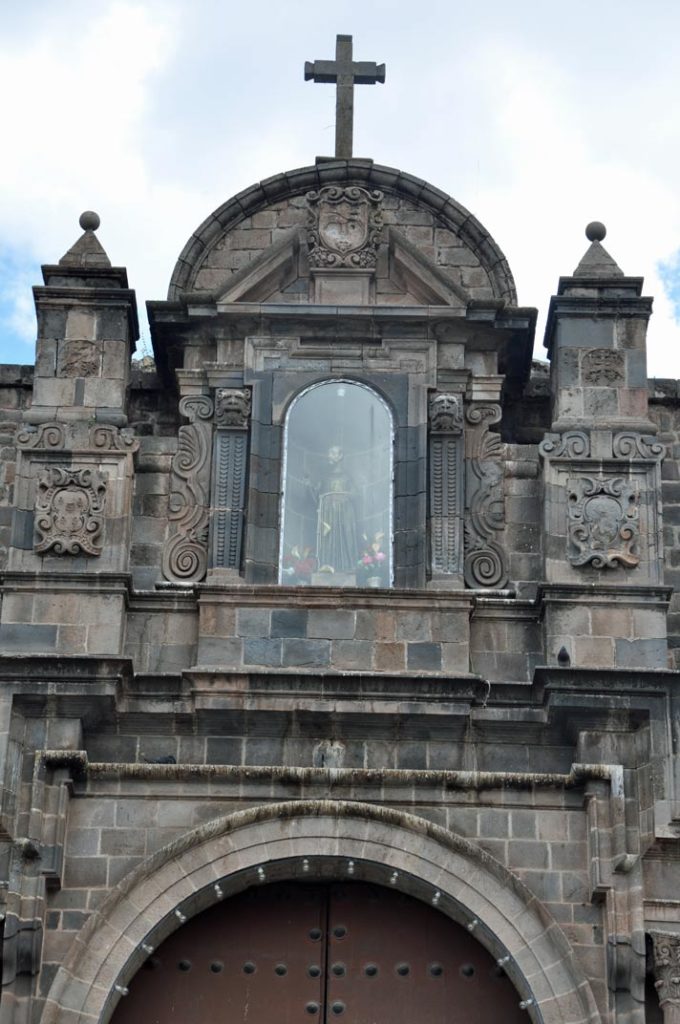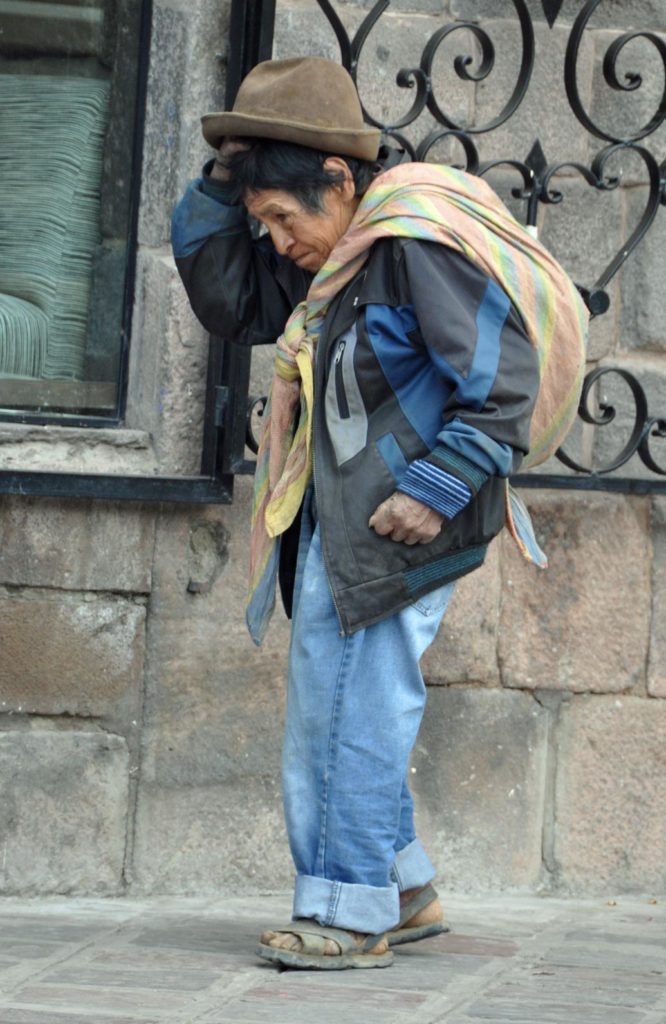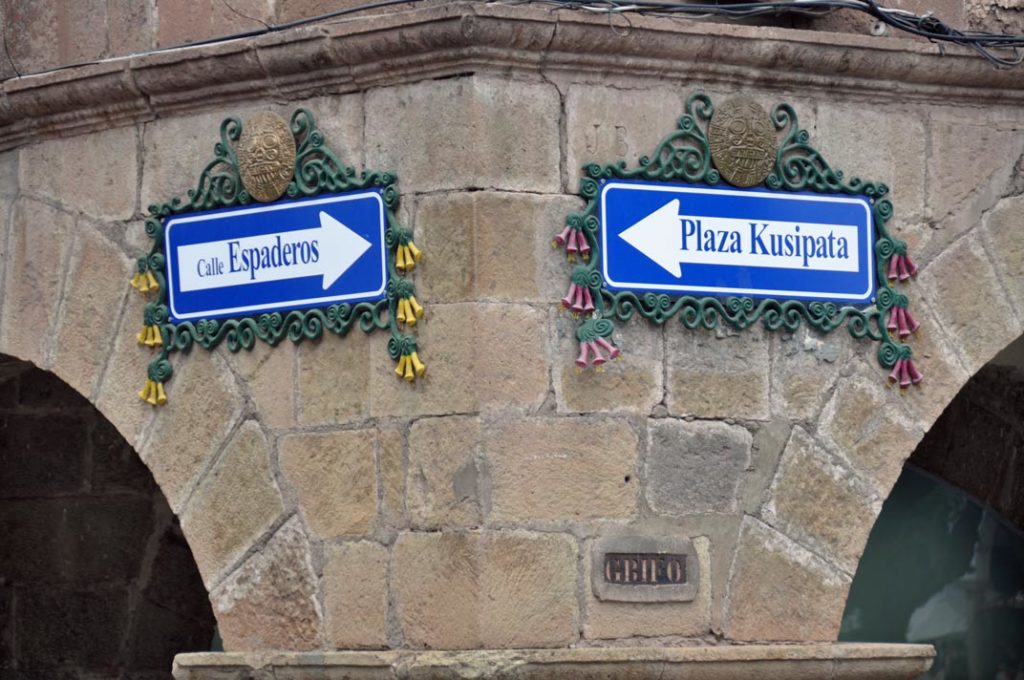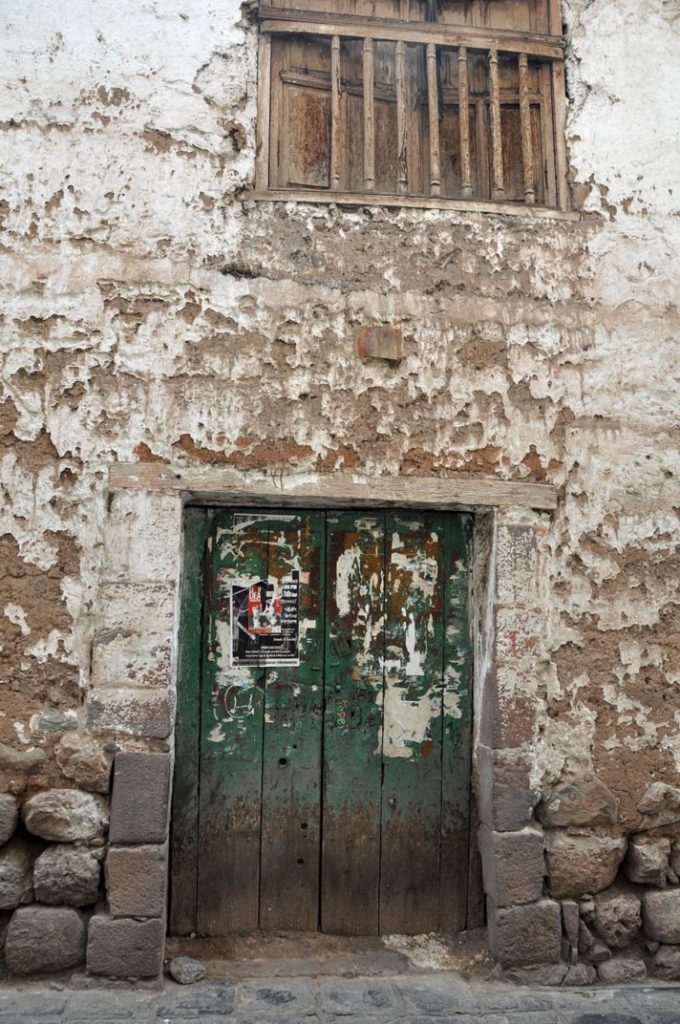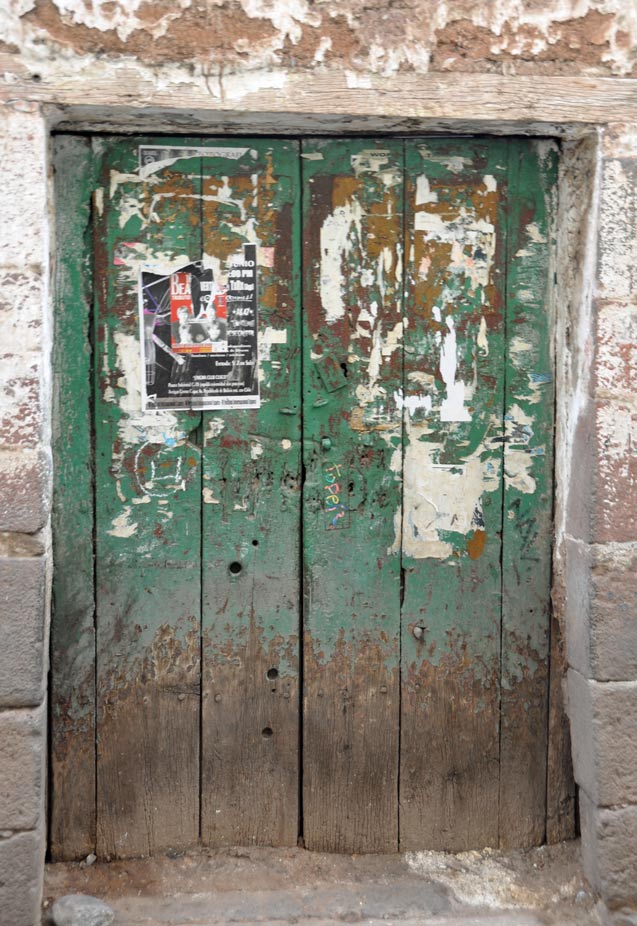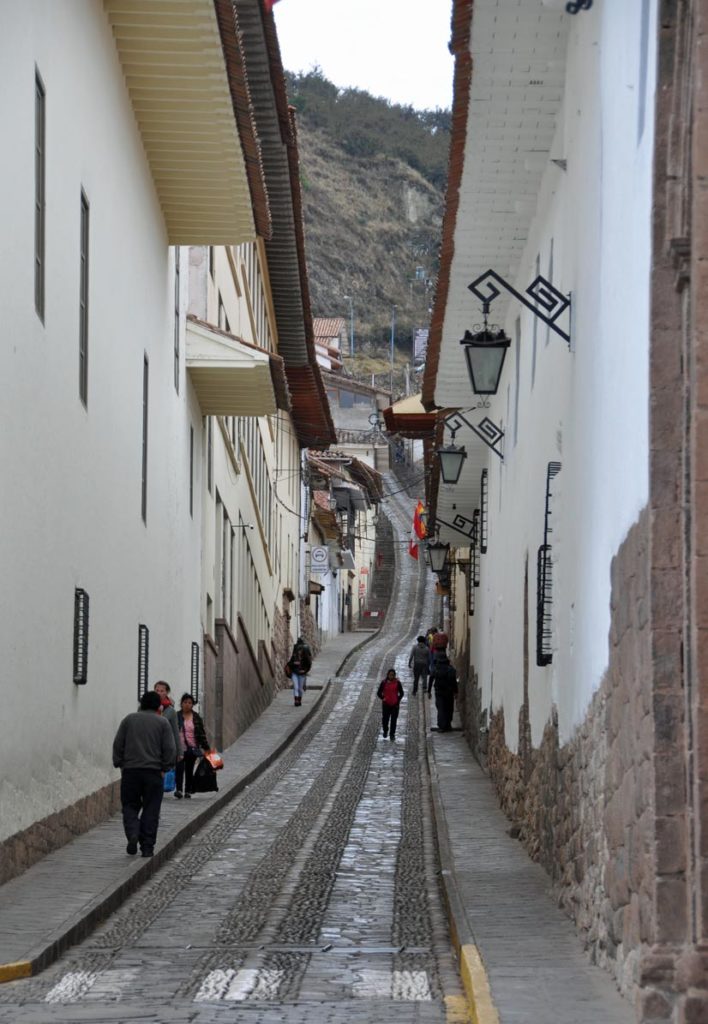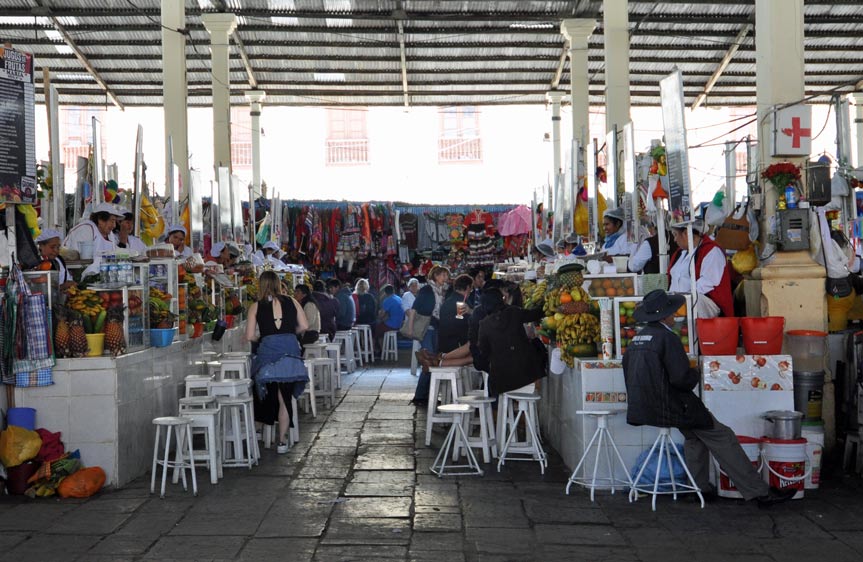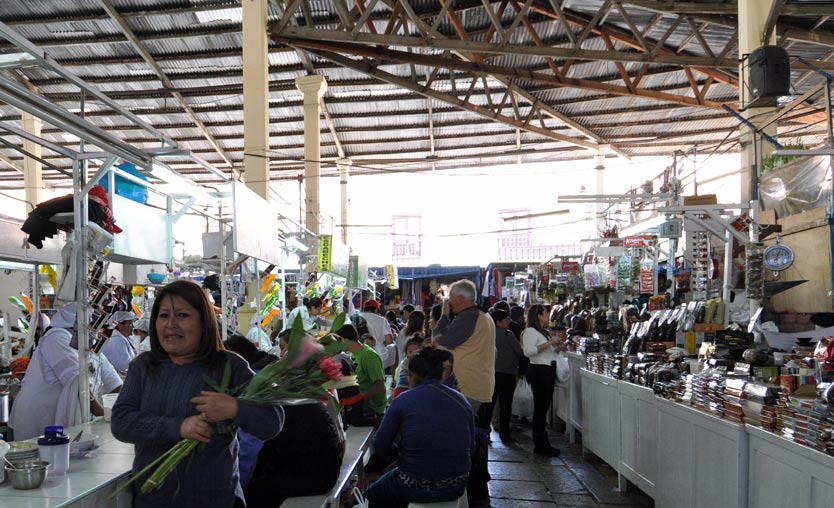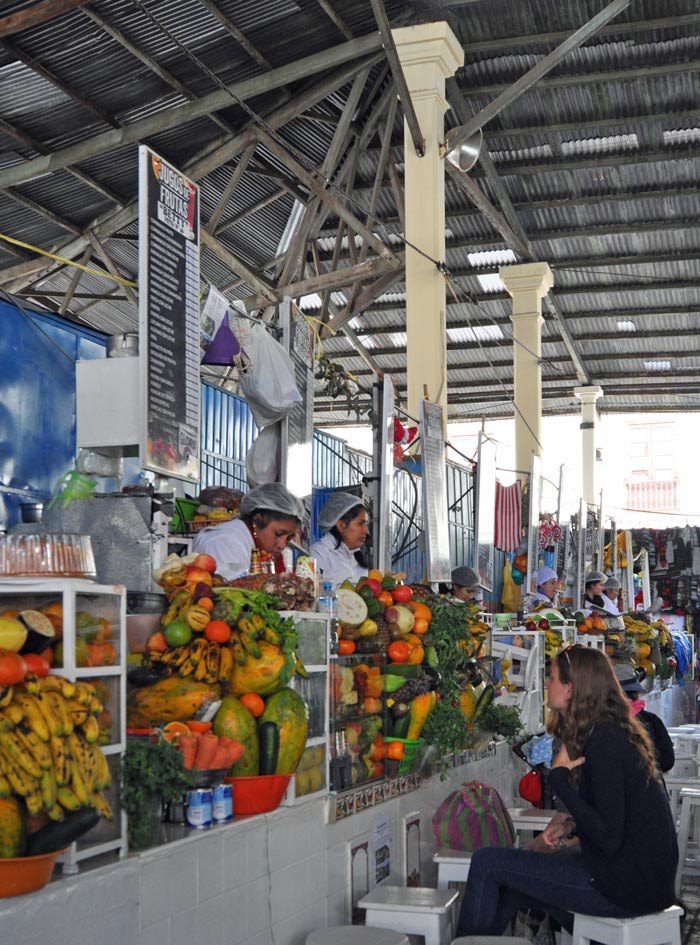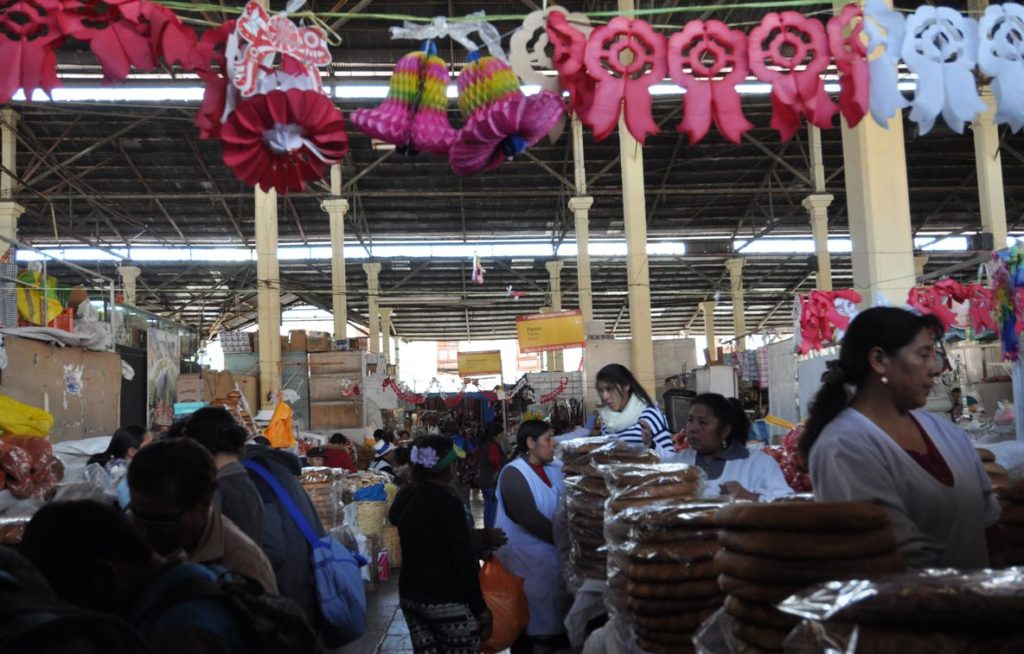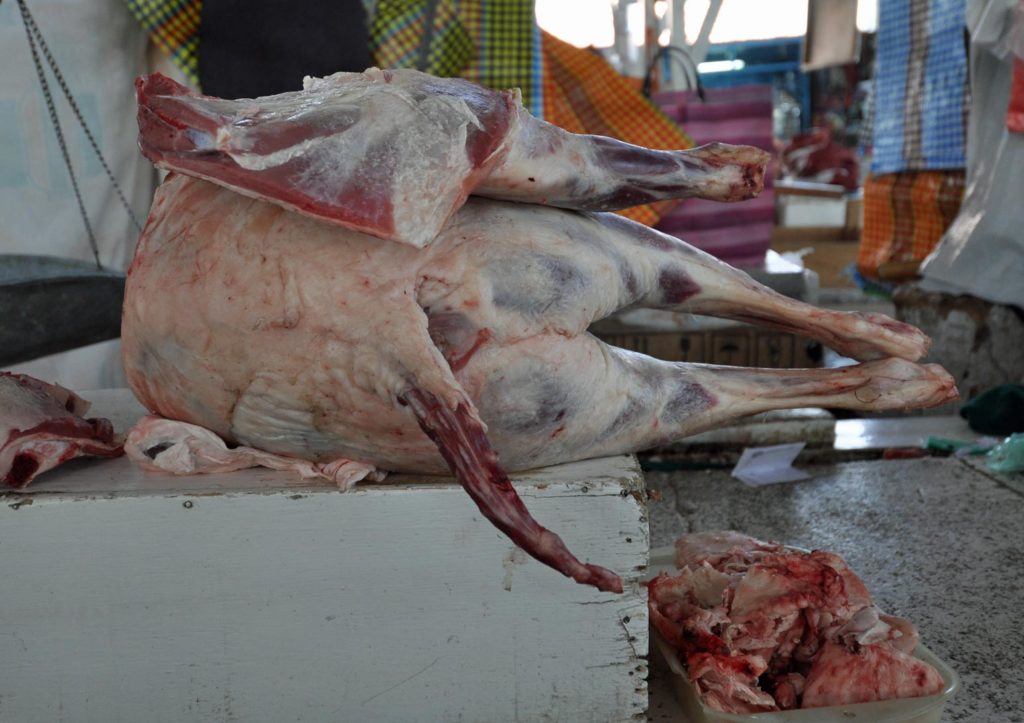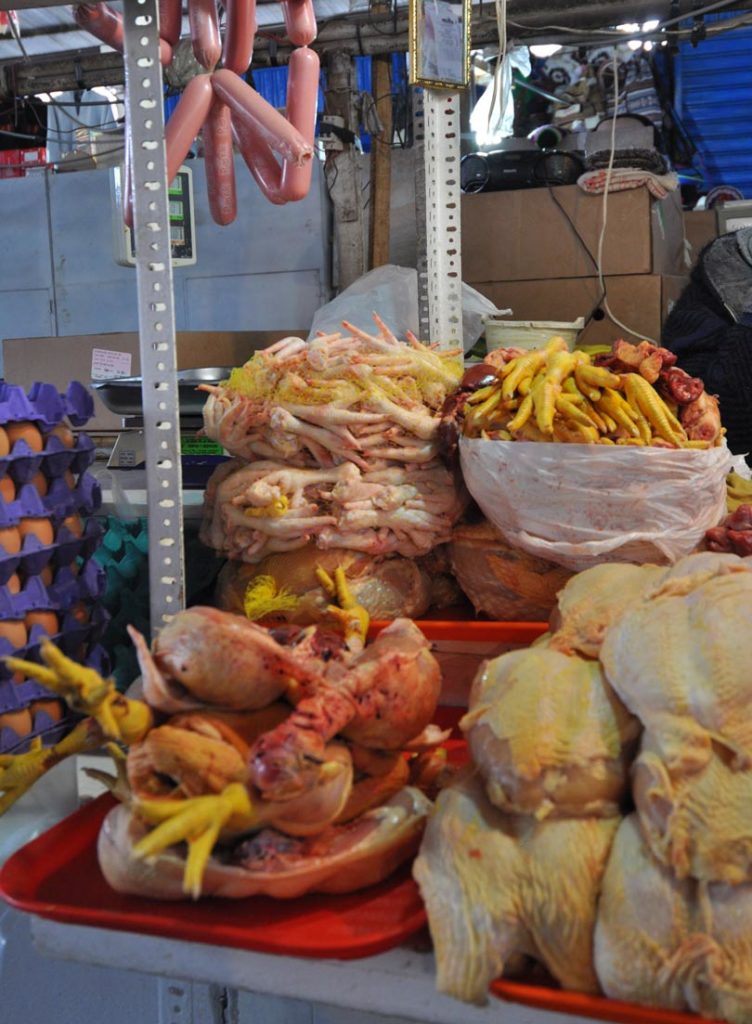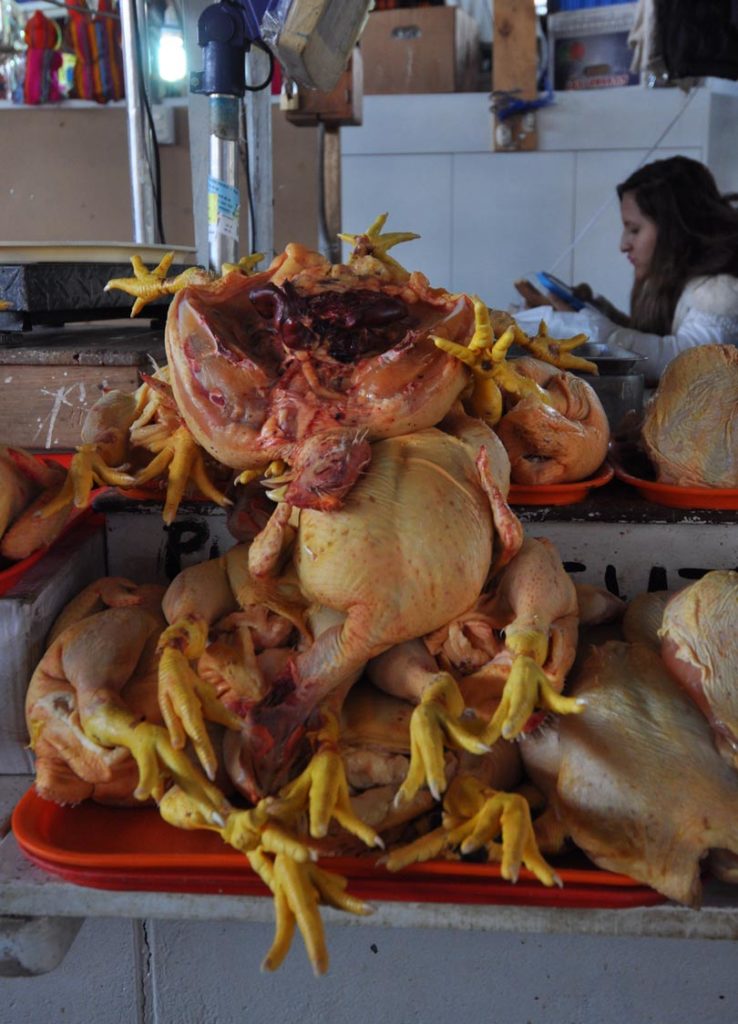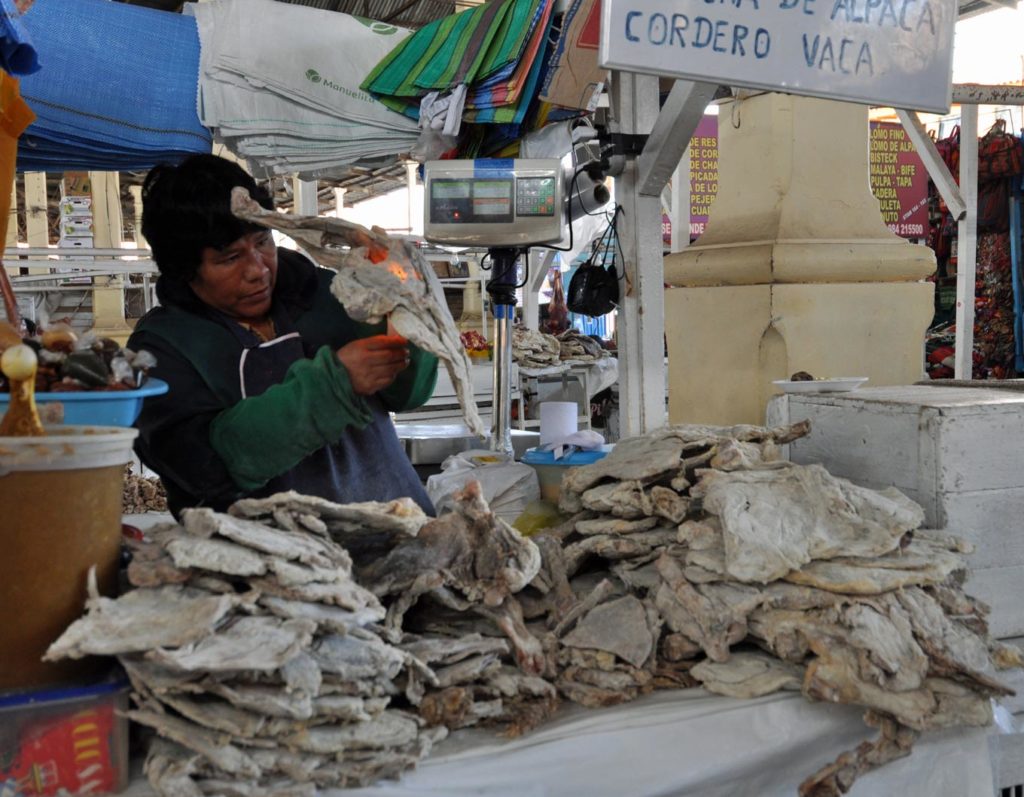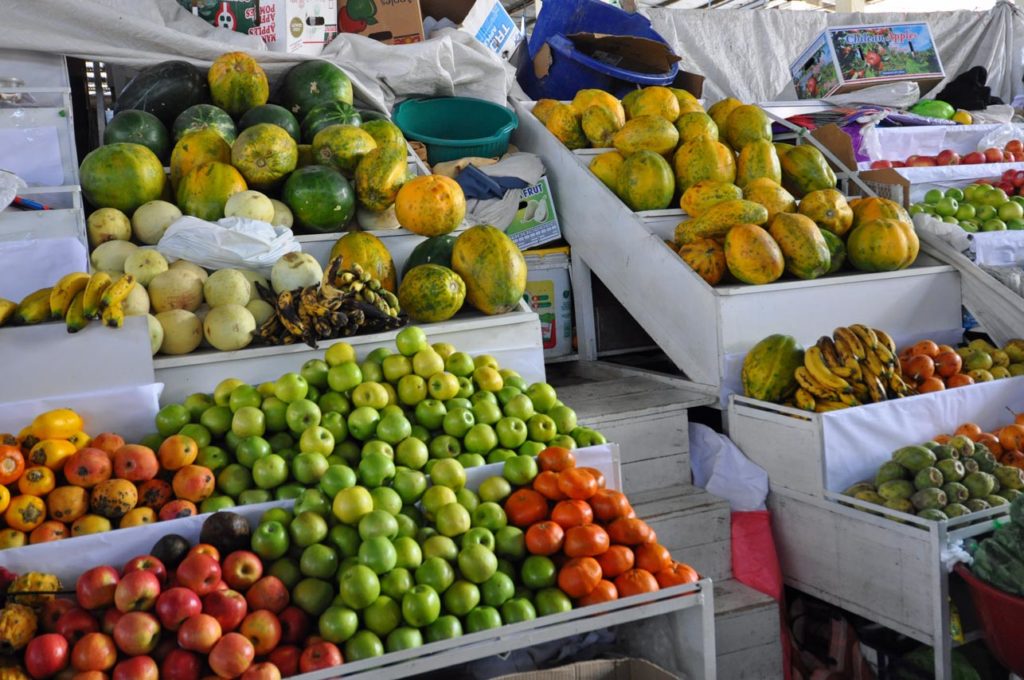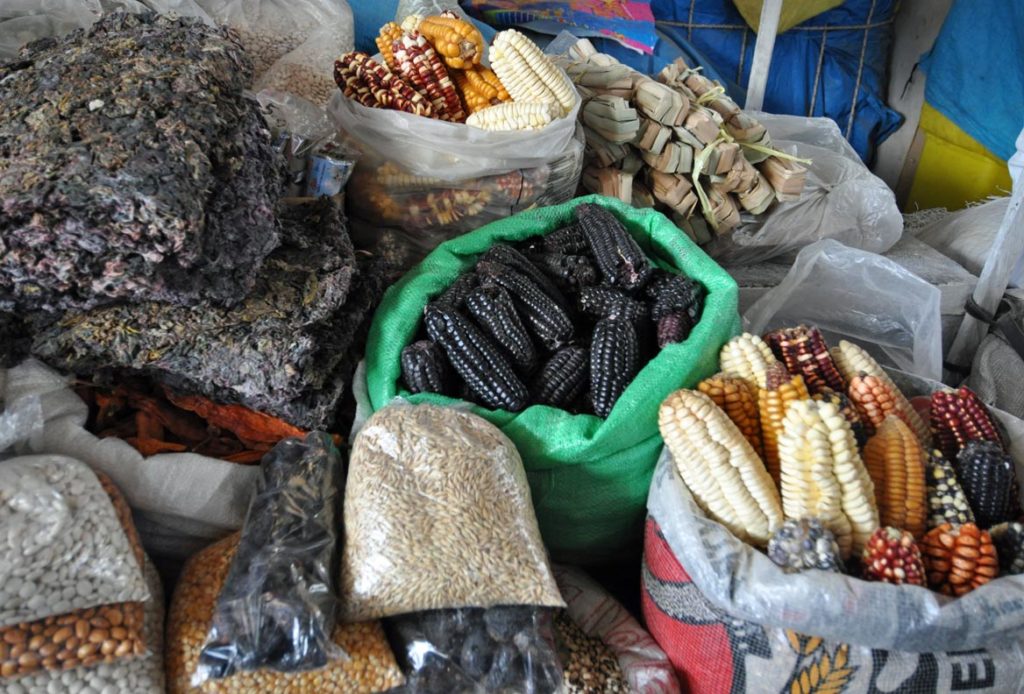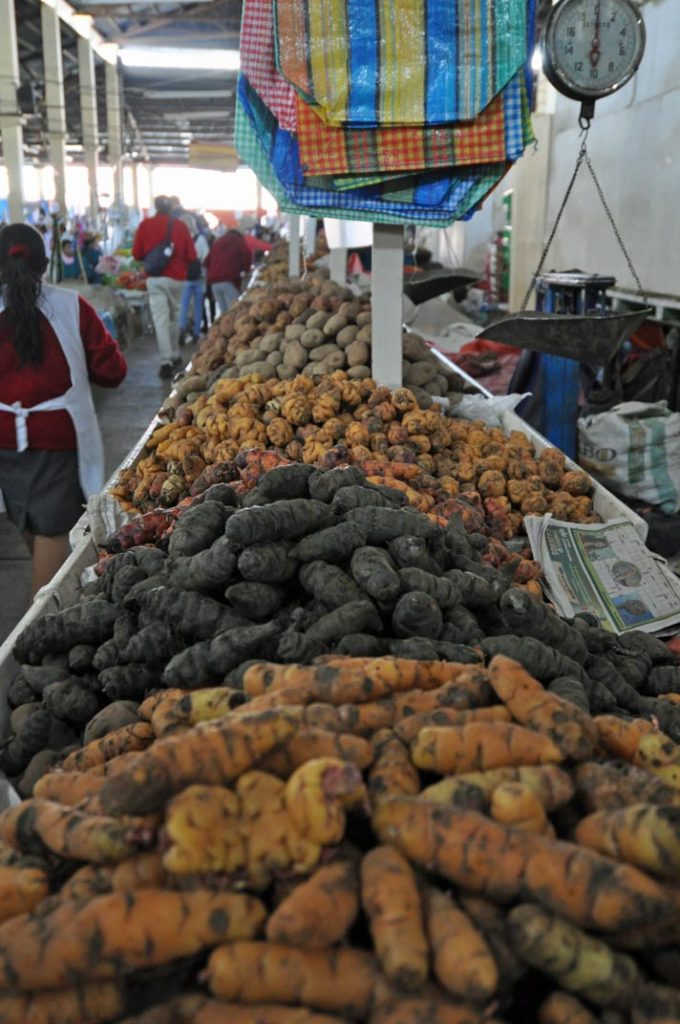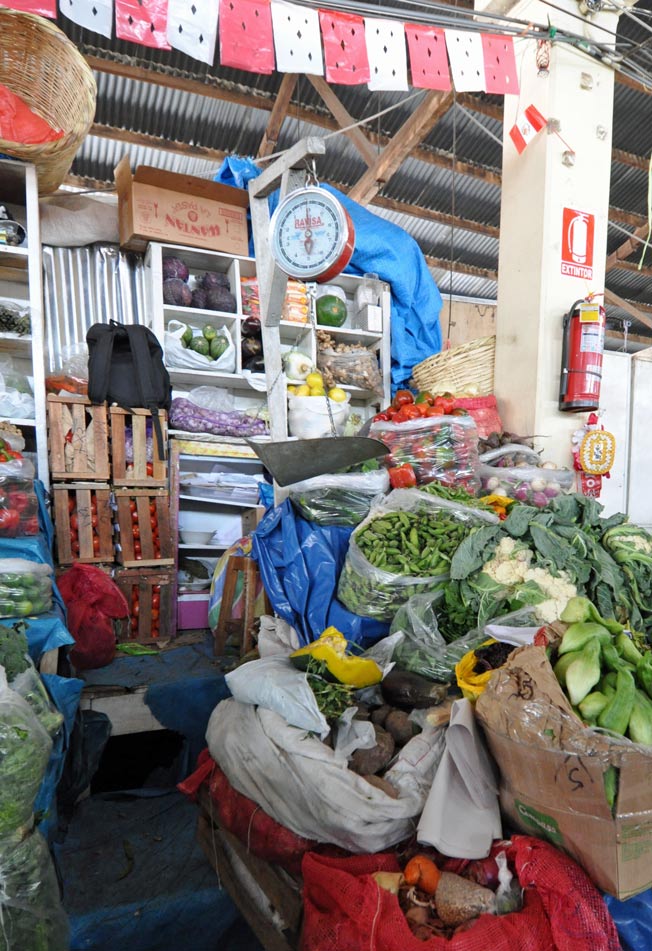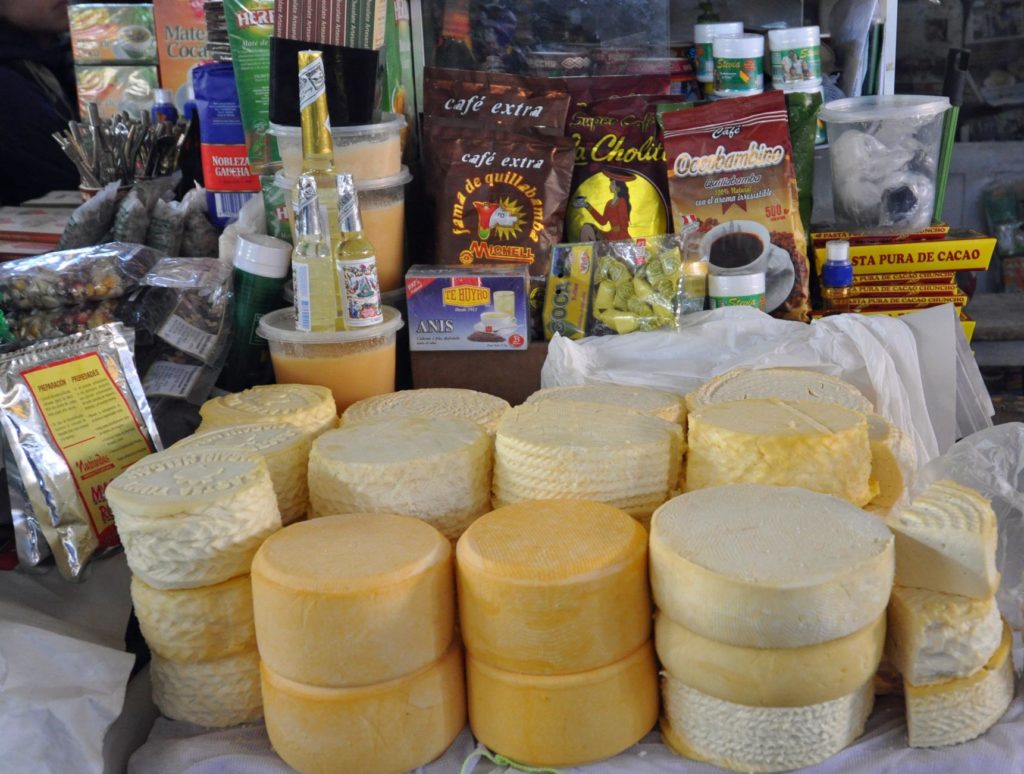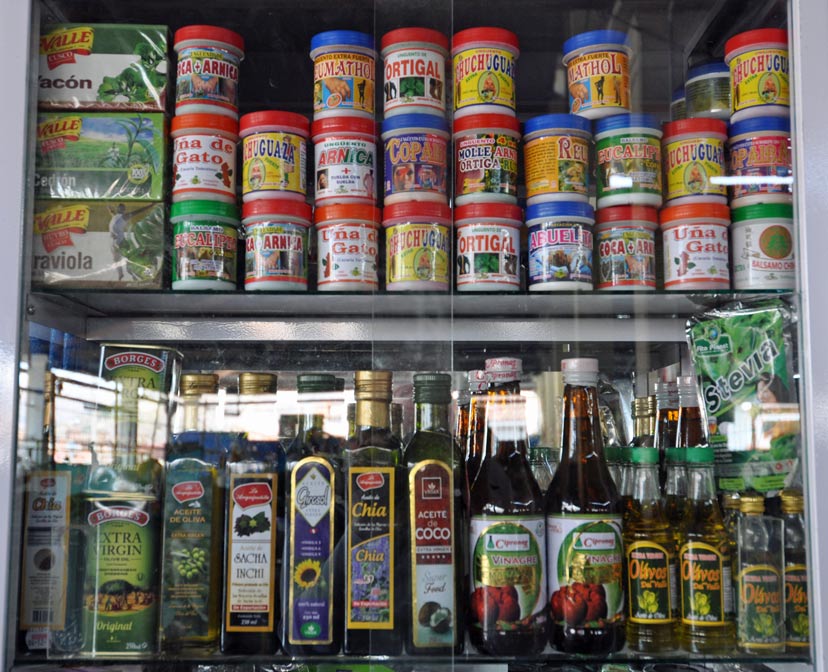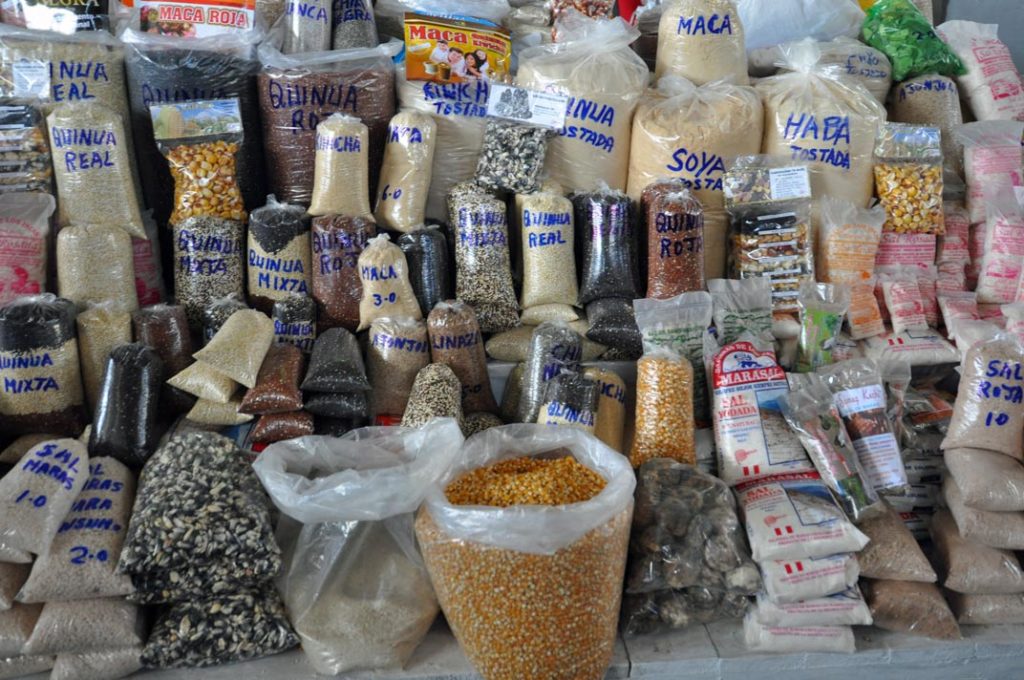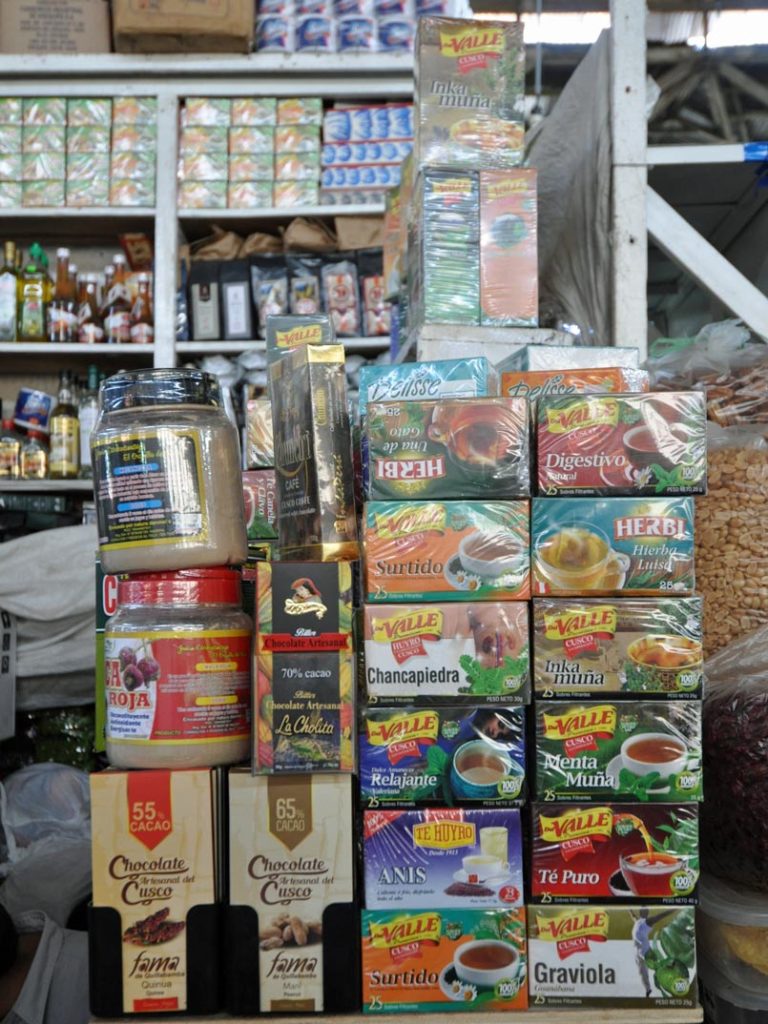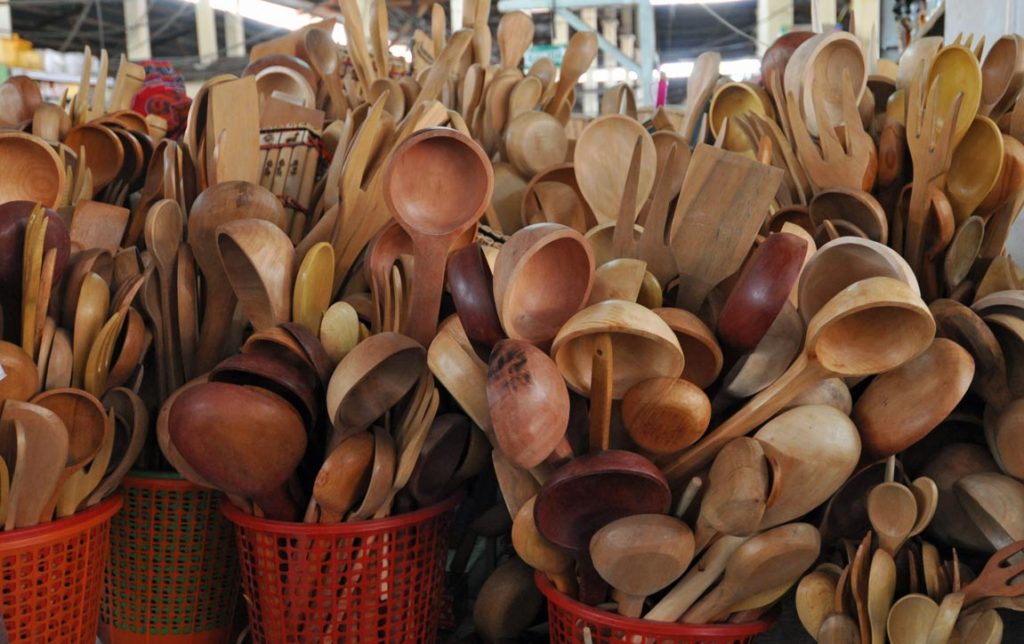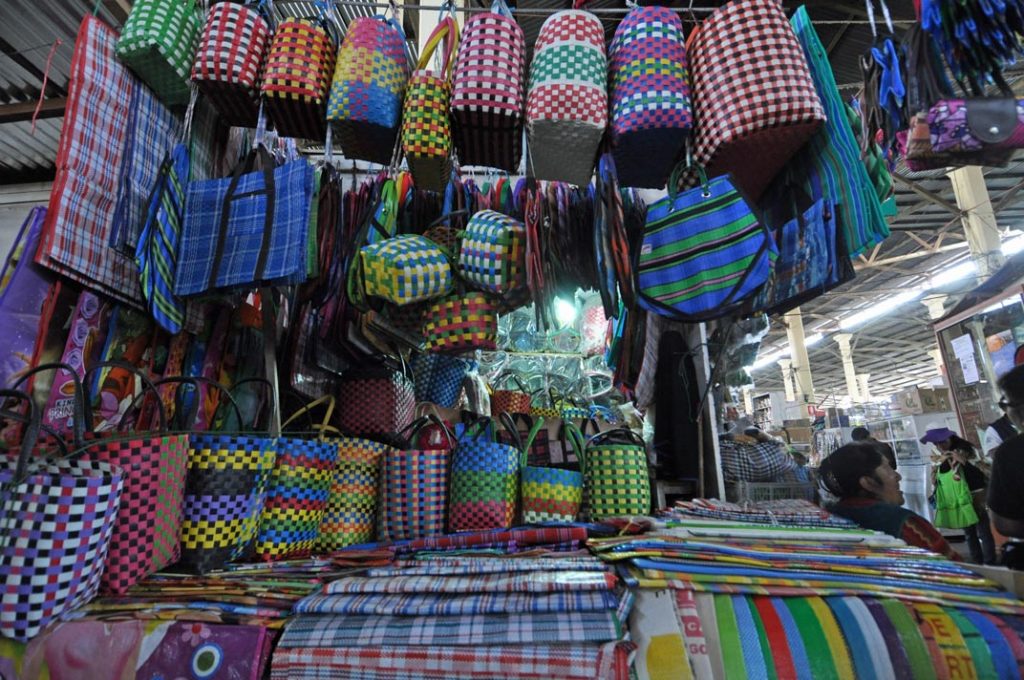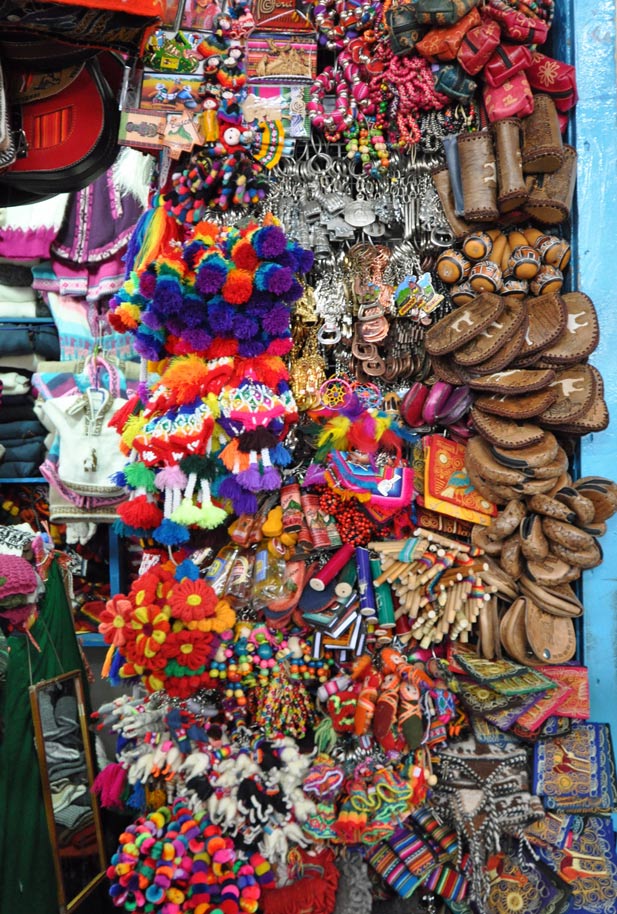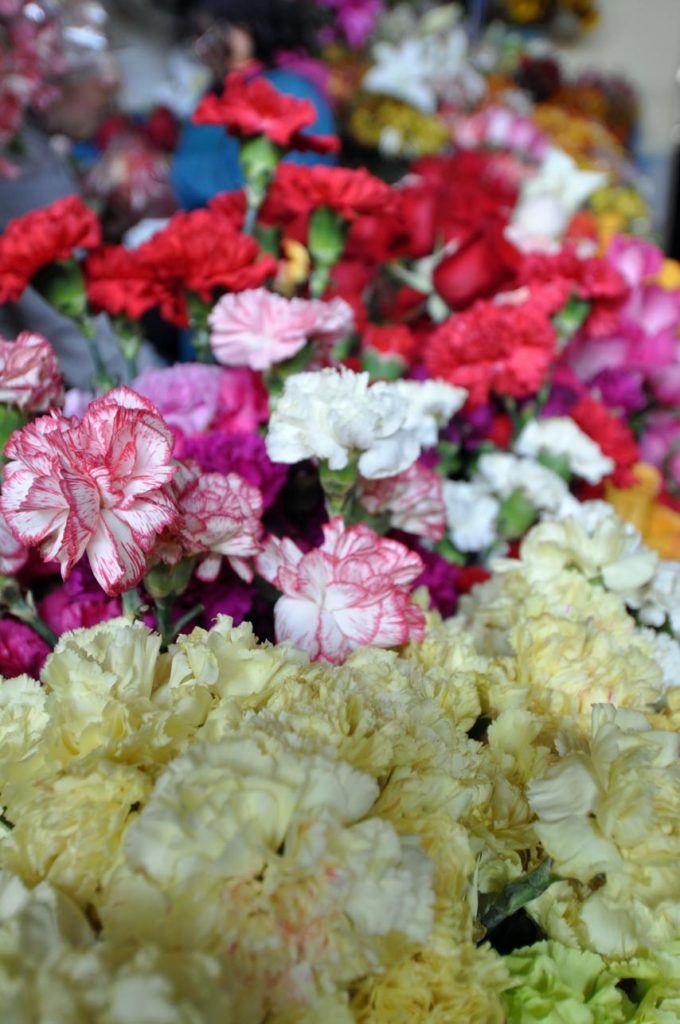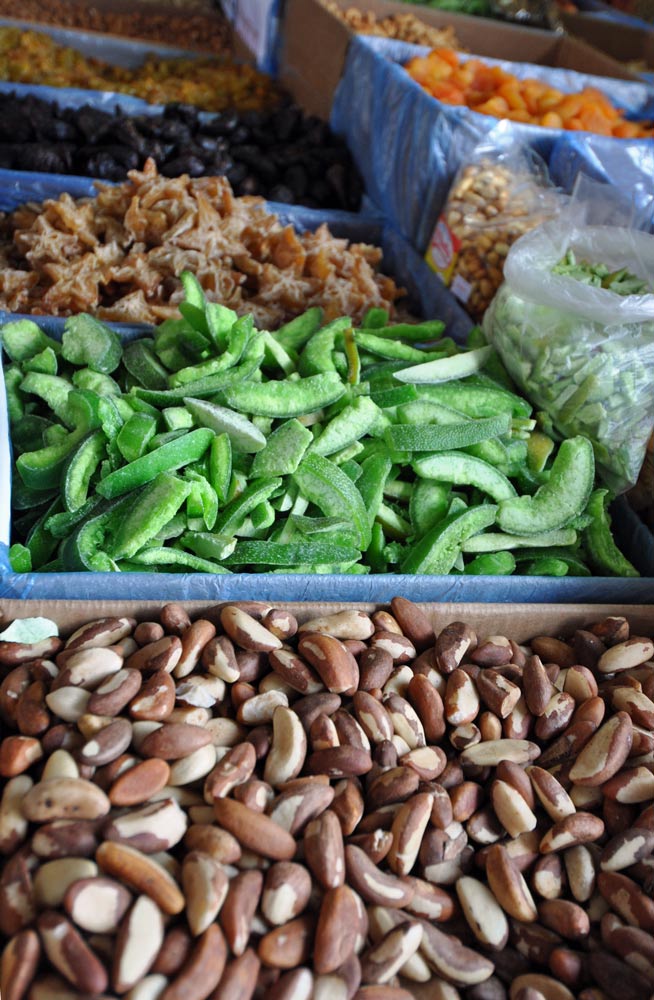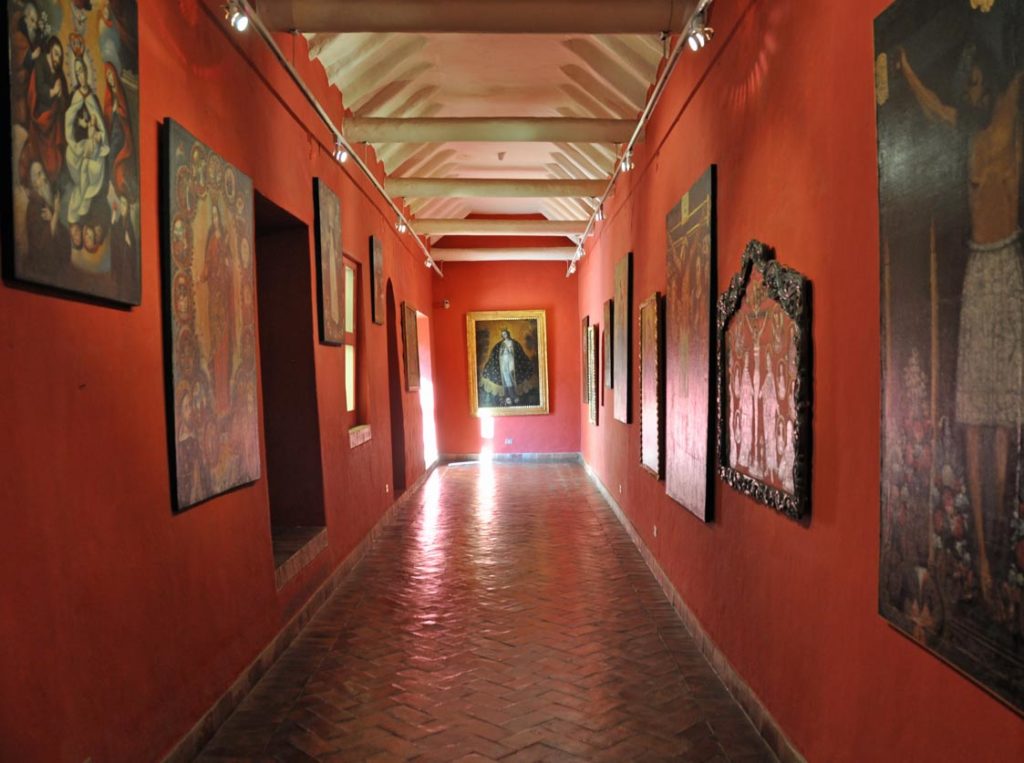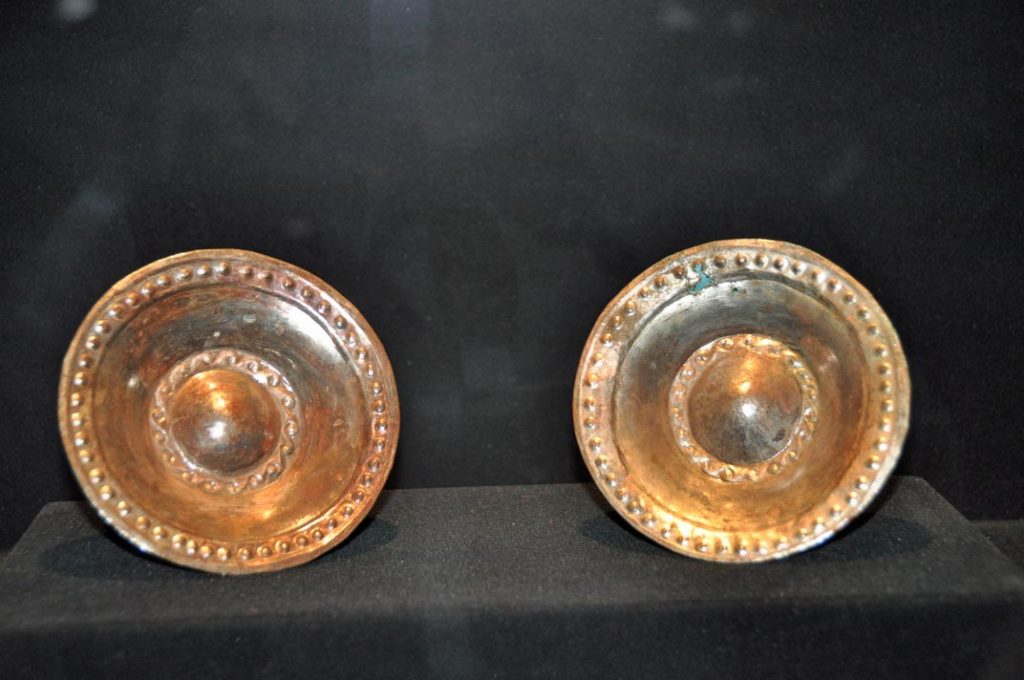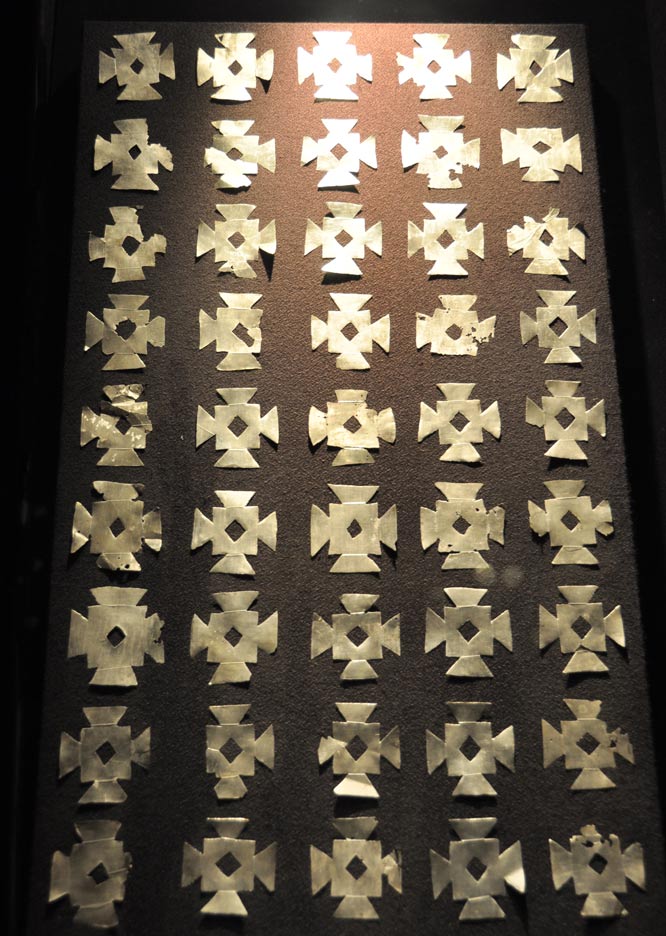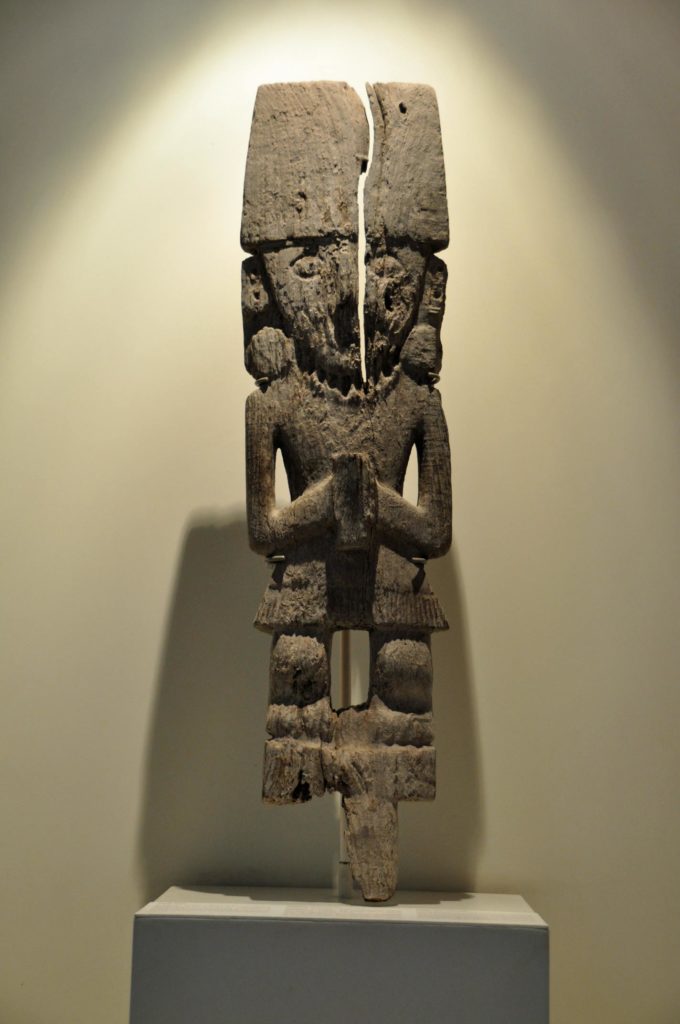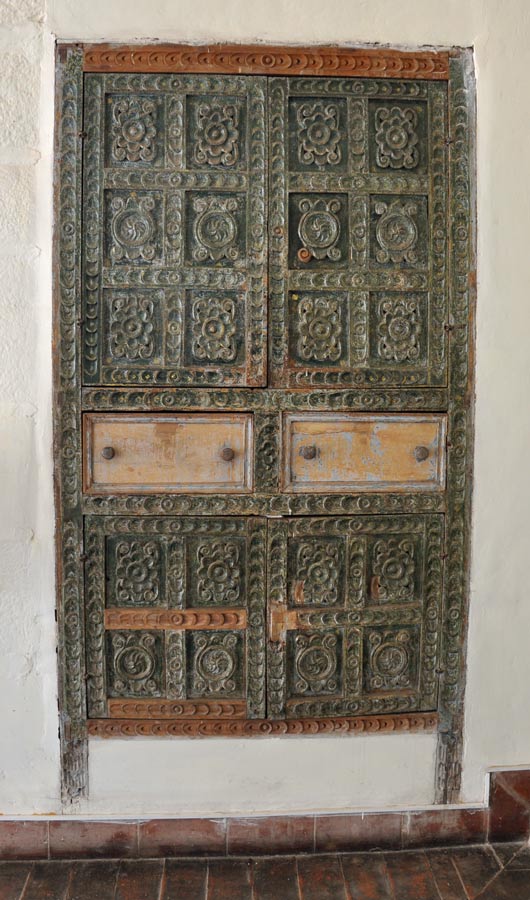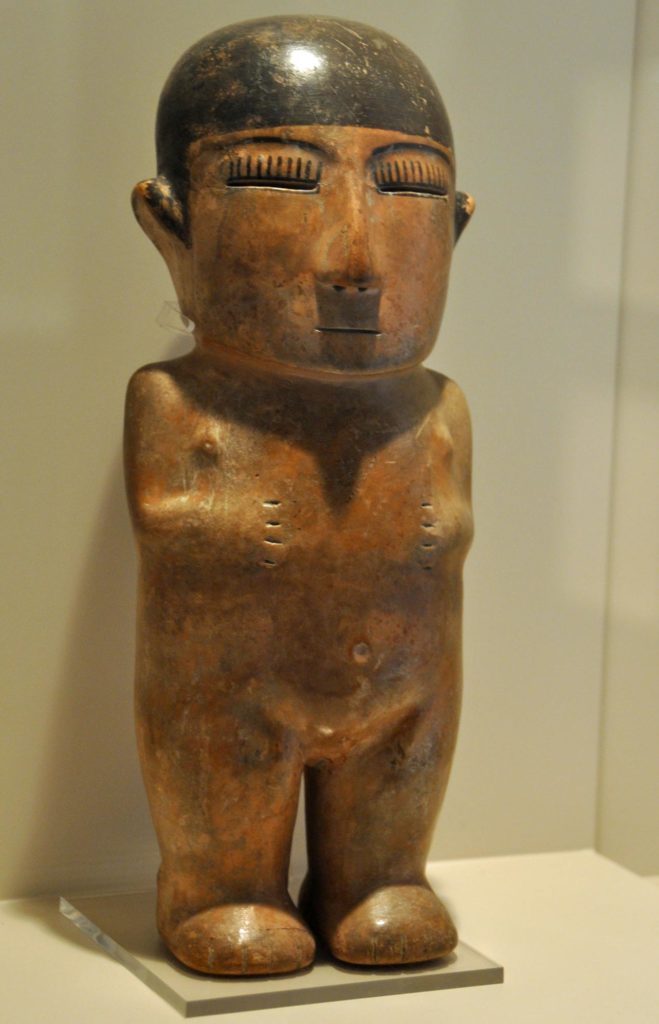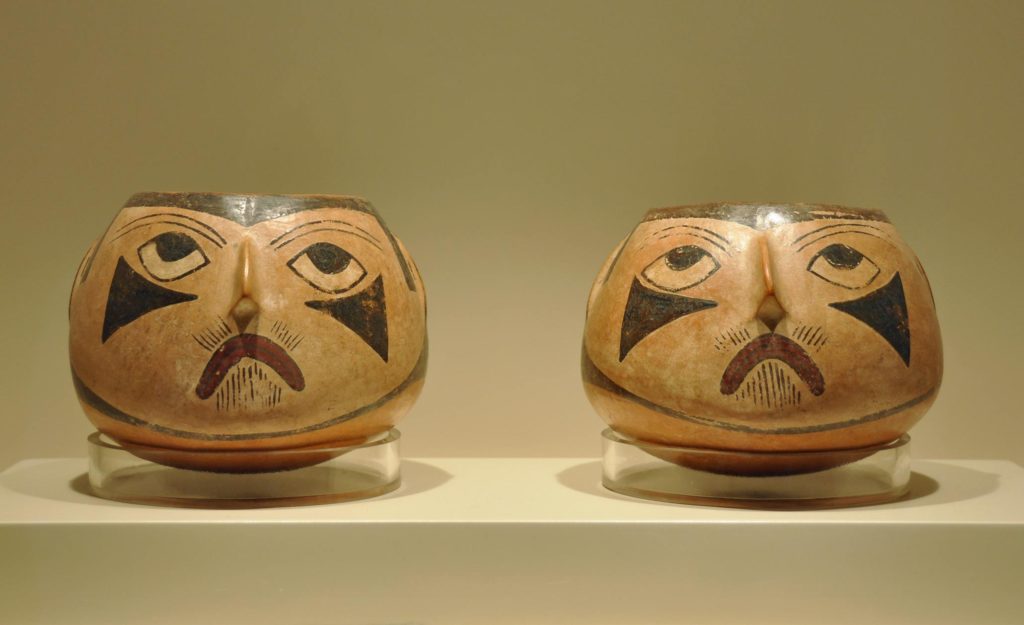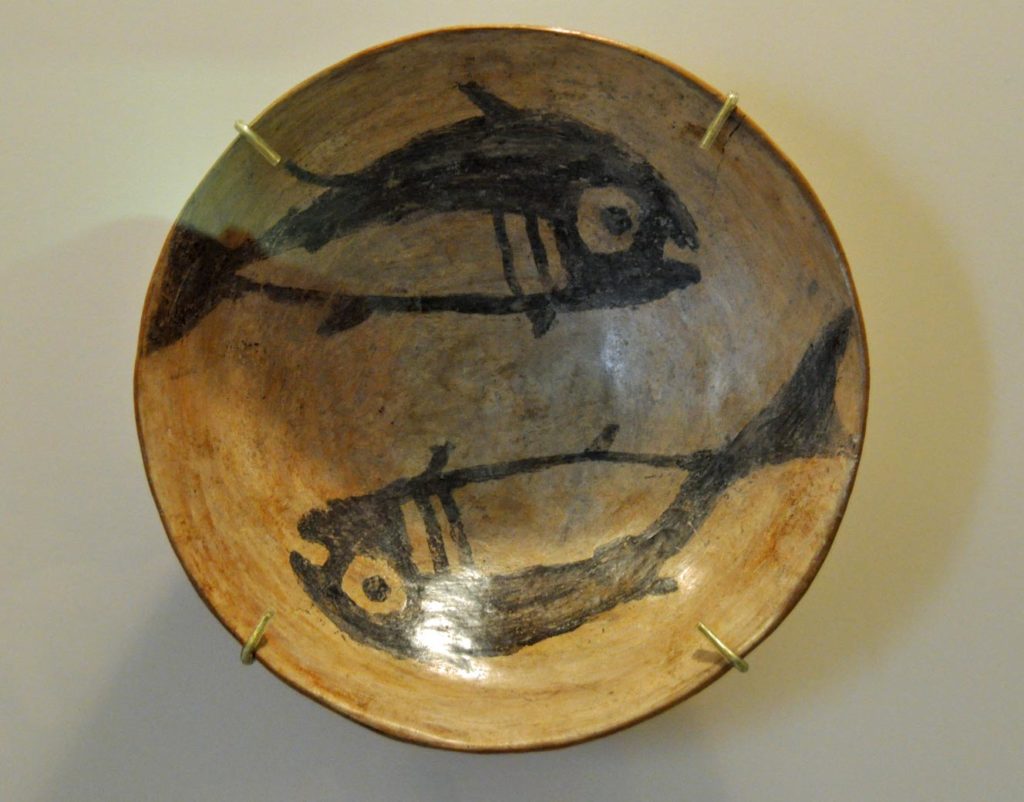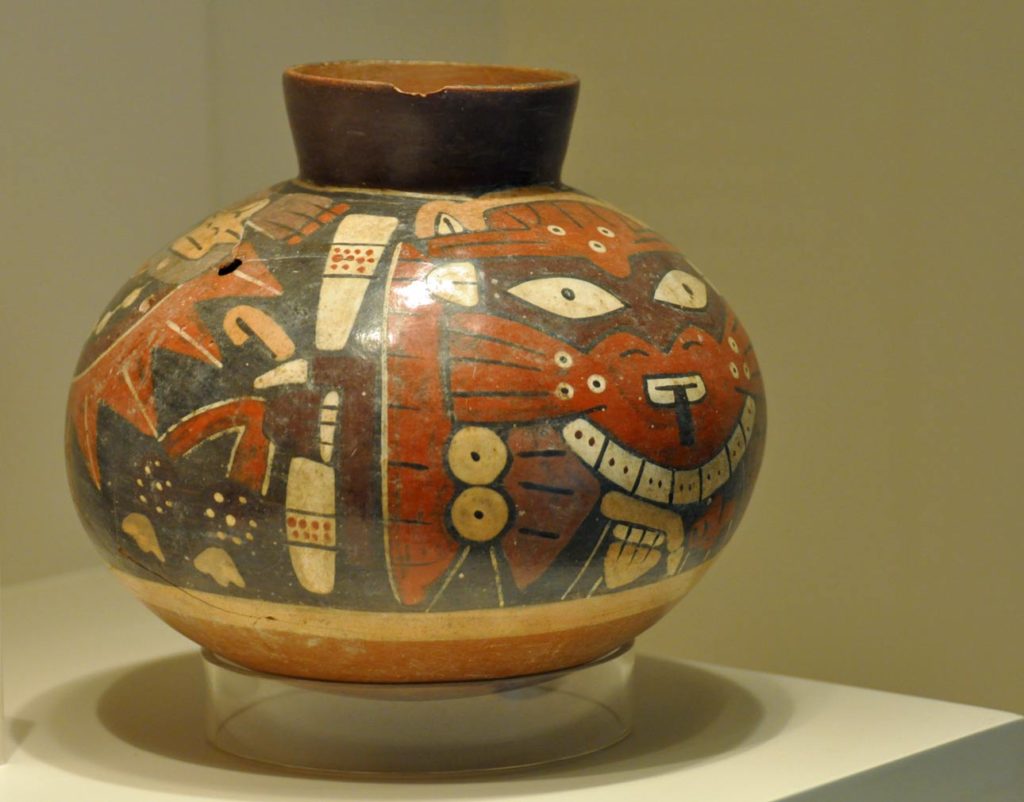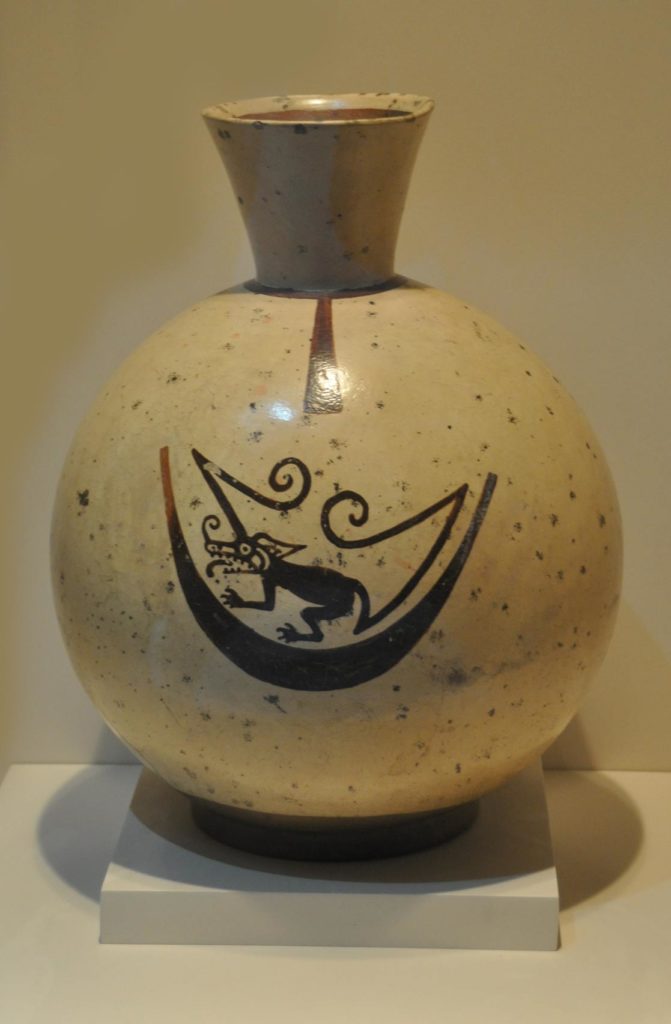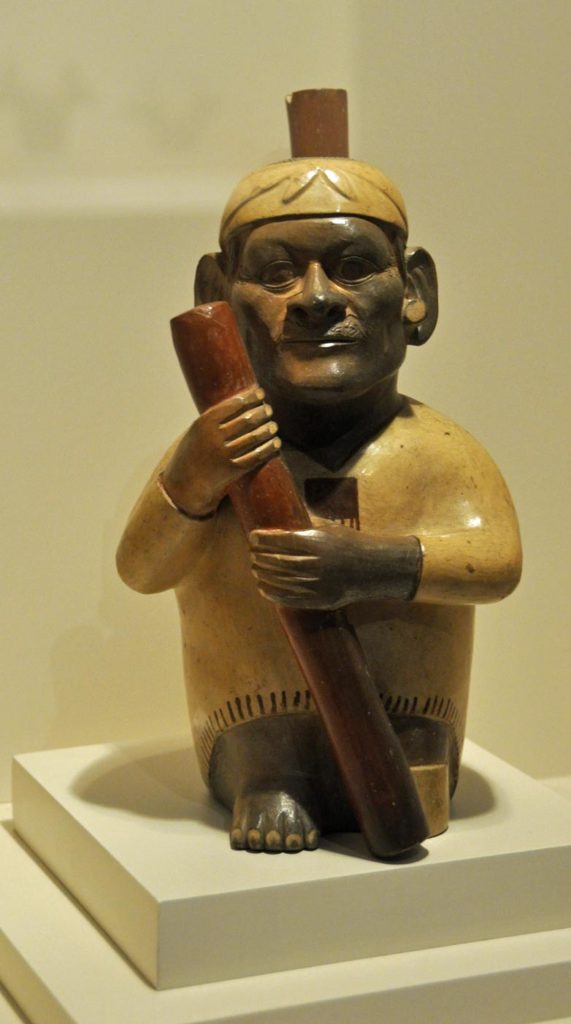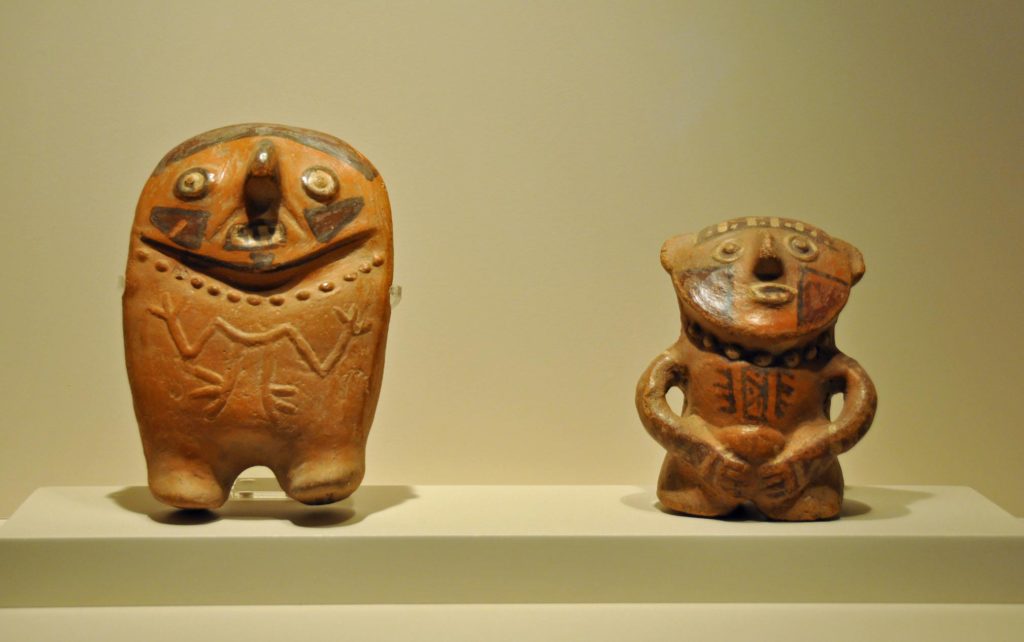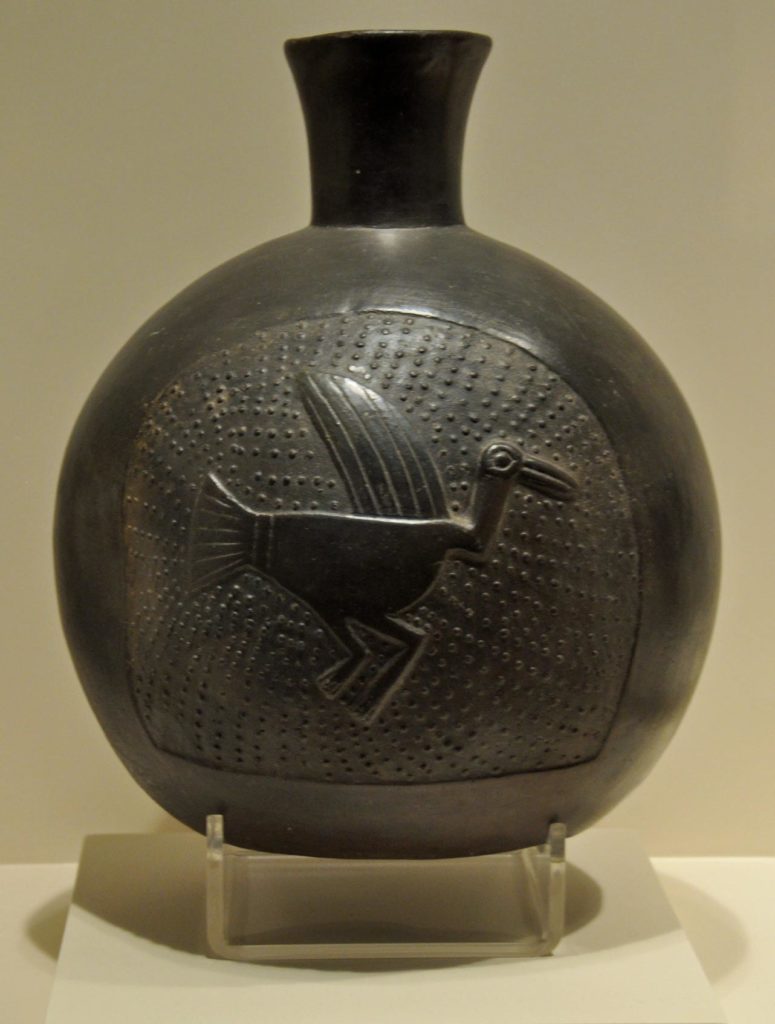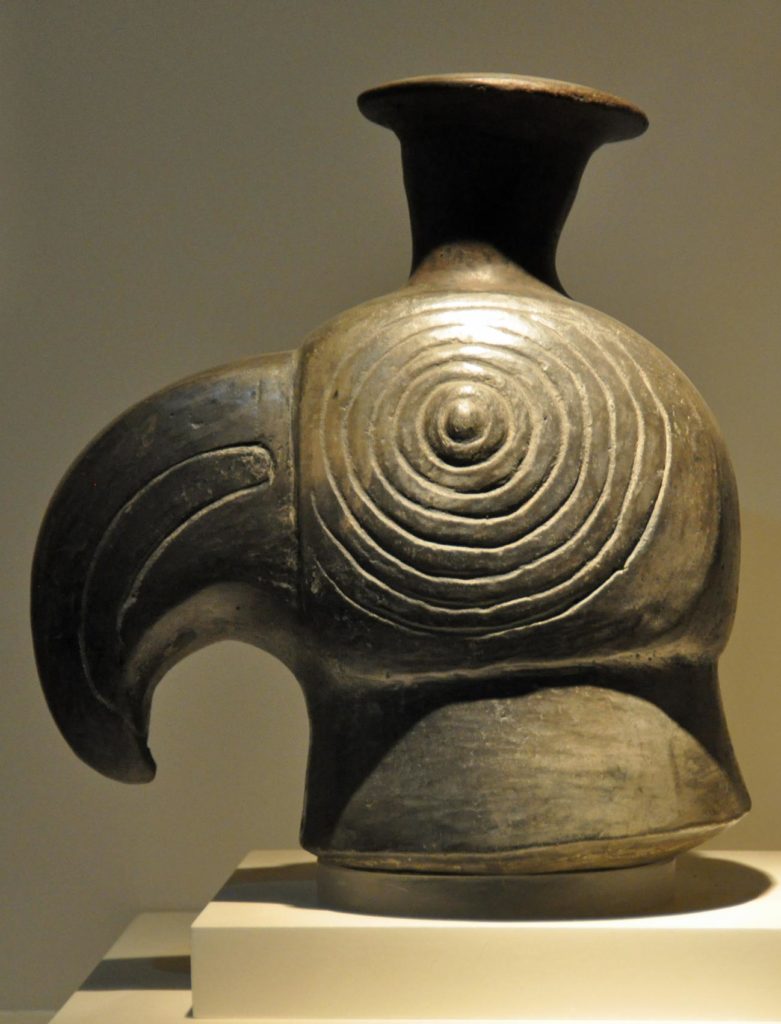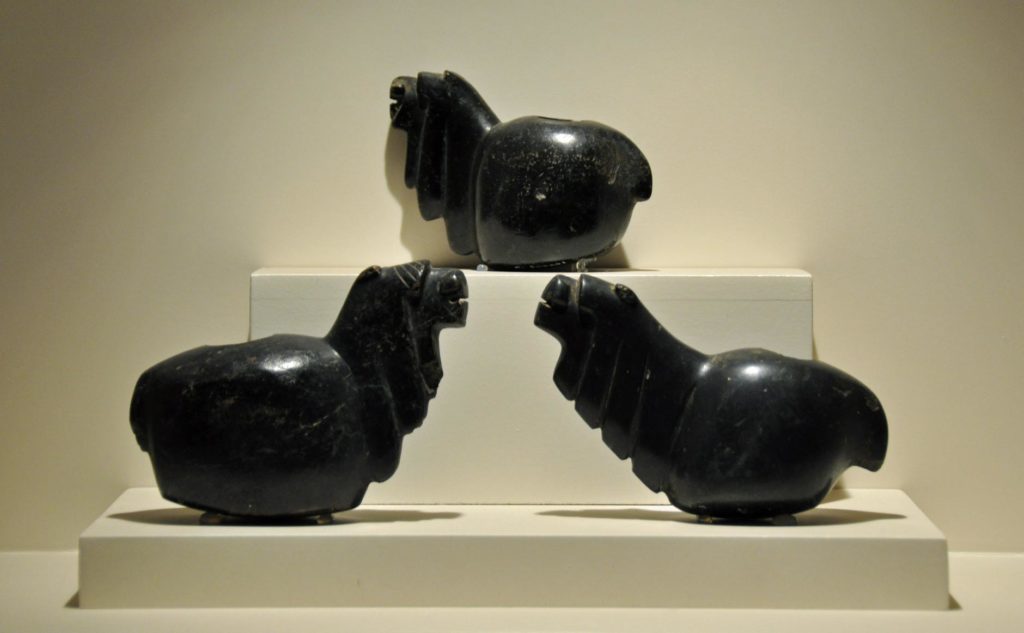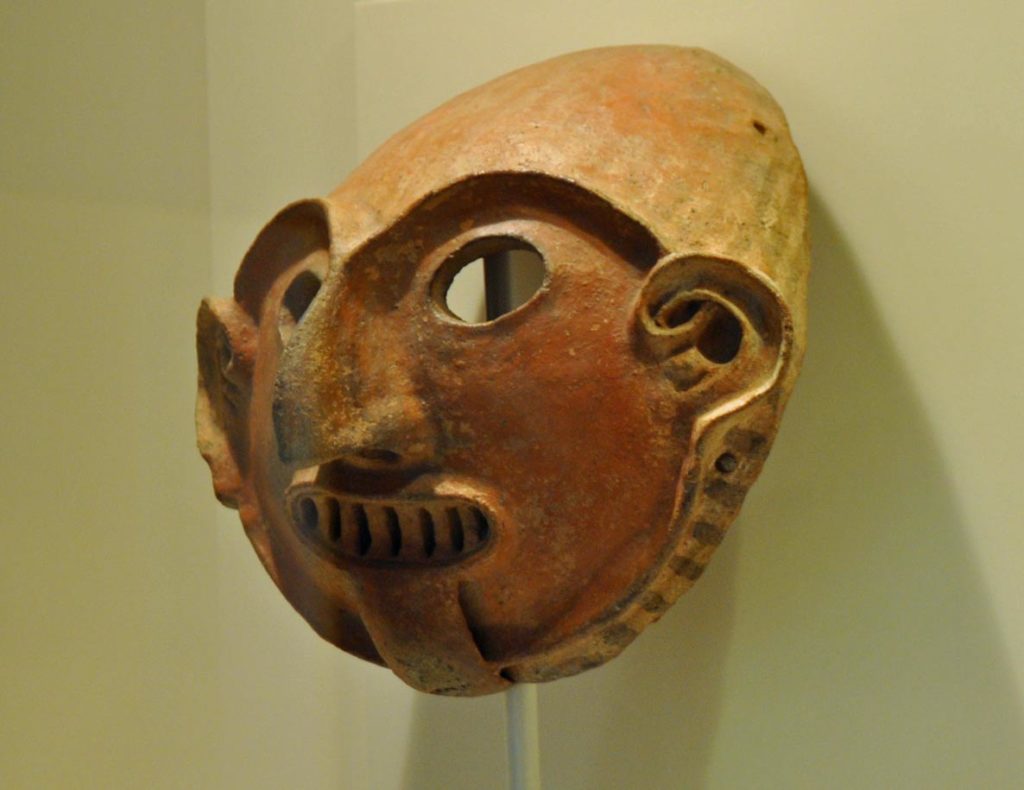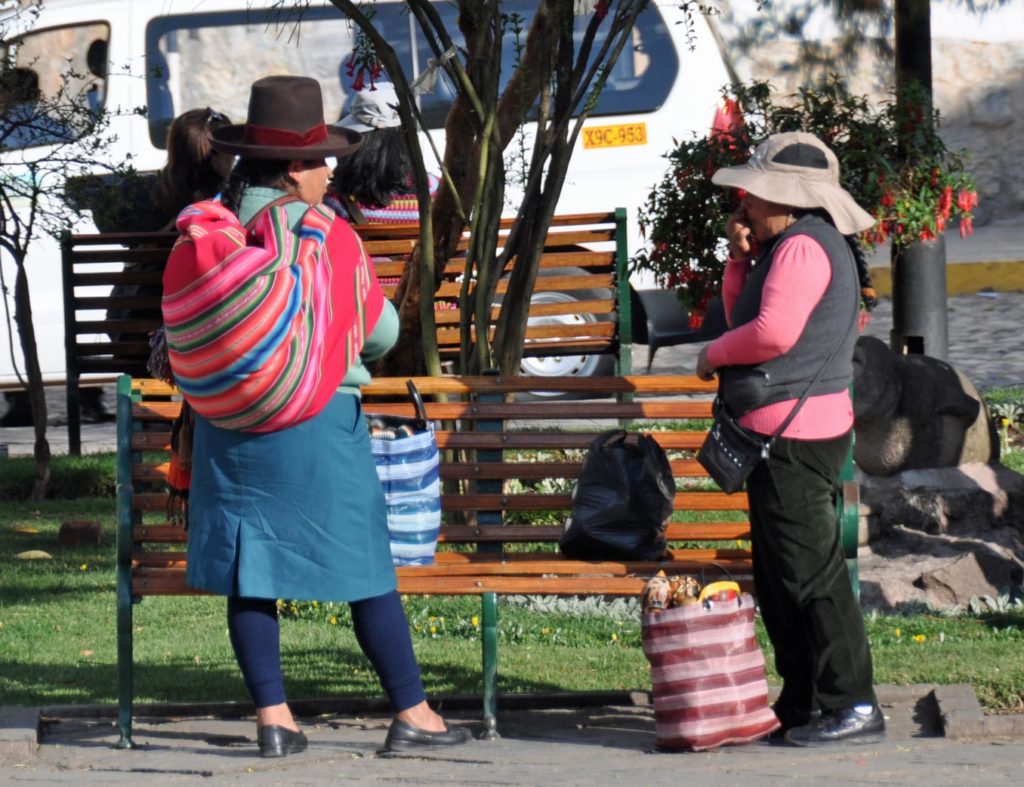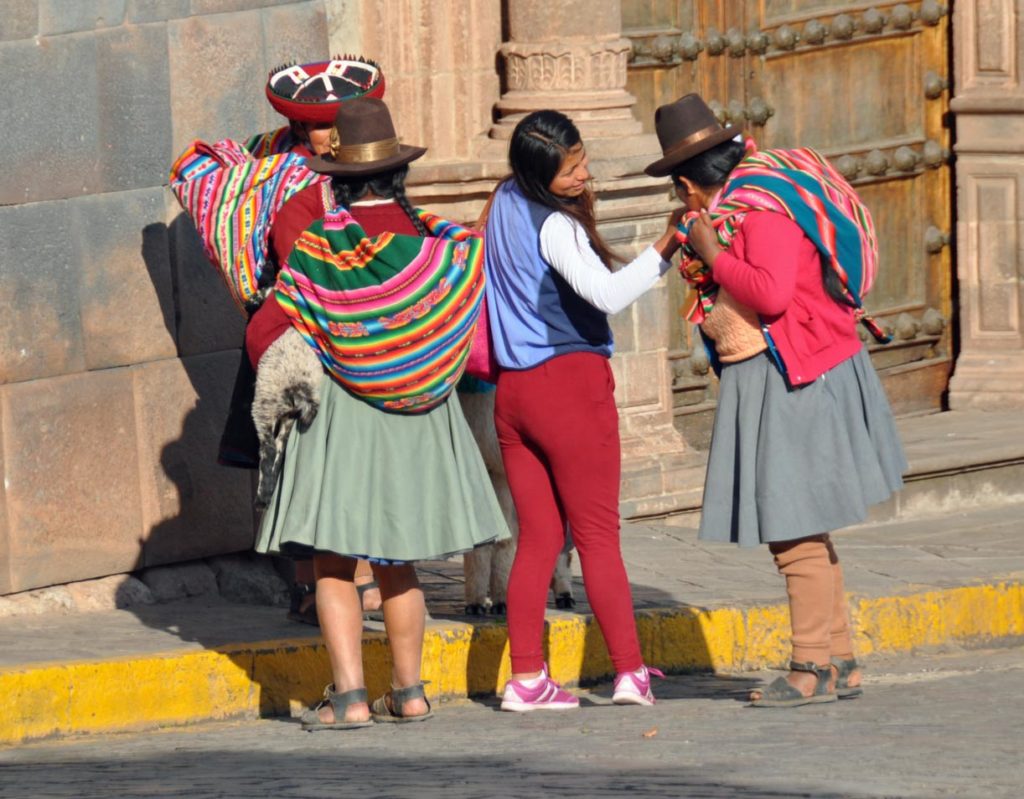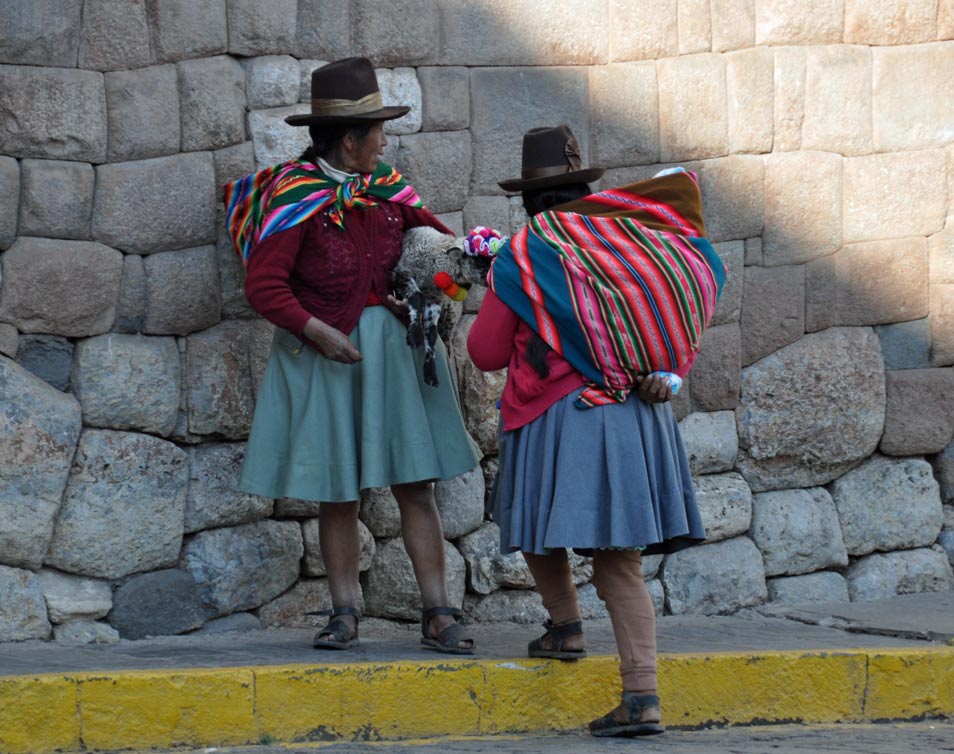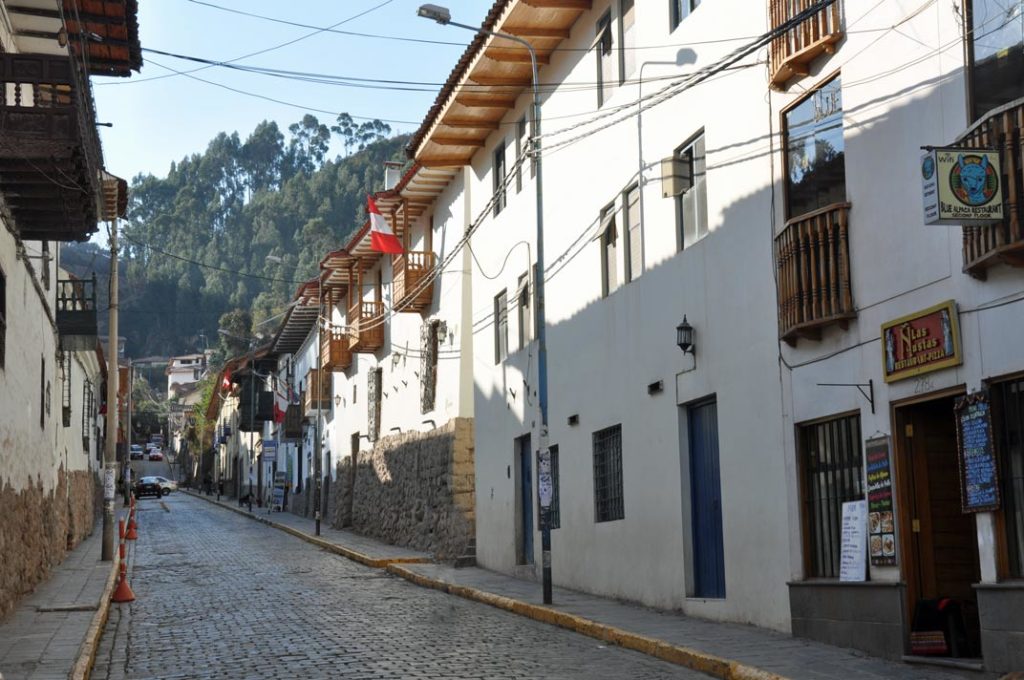Cusco is the historic capital of the Inca Empire from the 13th until the 16th-century Spanish conquest. It has become a major tourist destination, hosting nearly 2 million visitors a year and most of them seemed to be there when we were visiting.
Between the tourists and the people trying to make money from the tourists, it’s a busy kind of place and high at around 3,400m with a population of about 434,000 people.
The first cathedral built in Cusco is the Iglesia del Triunfo, built in 1539 on the foundations of the Palace of Viracocha Inca. Today, this church is an auxiliary chapel of the Cathedral.
The main basilica cathedral of the city was built between 1560 and 1664. The main material used was stone, which was extracted from nearby quarries, although some blocks of red granite were taken from the fortress of Saksaywaman.
This great cathedral presents late-Gothic, Baroque and plateresque interiors and has one of the most outstanding examples of colonial goldwork. Its carved wooden altars are also important.
The city developed a distinctive style of painting known as the “Cuzco School” and the cathedral houses a major collection of local artists of the time. The cathedral is known for a Cusco School painting of the Last Supper depicting Jesus and the twelve apostles feasting on guinea pig, a traditional Andean delicacy.
As always, one of the best places to wander around is the local market, in this case a covered market called San Pedro
From the locals grabbing a snack to the more intrepid tourists drinking the fruit juices.
For vegetarians there is always a kind of horrified fascination with the meat aisles.
The endless fruit and vegetables are always cheery.
Including just a few of the three thousand varieties of potatoes we kept being told about.
And some of the combinations were a bit tricky to fathom. Is this a cupboard for medicines or condiments? Arnica and vinegar?
Many many varieties of quinoa, and even more types of tea.
Mostly the stable holders were just going about their business. In general I ask if someone minds f I take their photo and occasionally people object – no one was worried about pictures of the stall though.
The flower aisle was beautiful of course. the wooden spoon stall slightly less so.
All in all it was a really good way to get a grip on the place as people live in it now, as compared to the museum of Museo de Arte Precolombino (Peru) which gave lie to the Inca suggestion that before them the country had only had hordes of savages.
The Incas were superlative masons and excellent working with silver and gold as the displays showed.
Their decorations included necklaces and similar made from shells from the coast.
But any walk through the displays quickly shows the superlative work of cultures alive and well long before the Incas came to power.
And what strikes a modern viewer is how fresh, how modern and often how comical some of the work turns out to be.
It would be difficult not to enjoy the stylised animal forms of some of the pottery and sculptures.
And outside on the streets of Cuzco, the everyday mix of traditional and modern continues.

